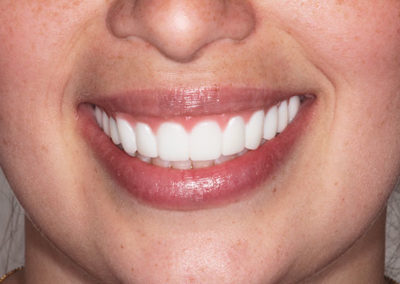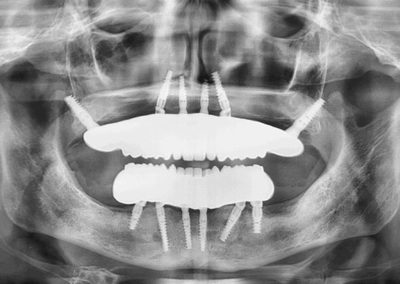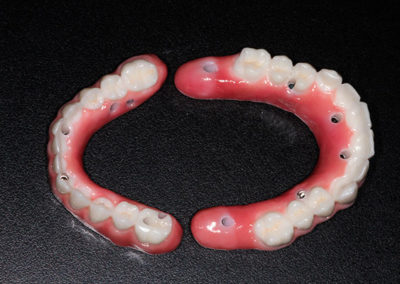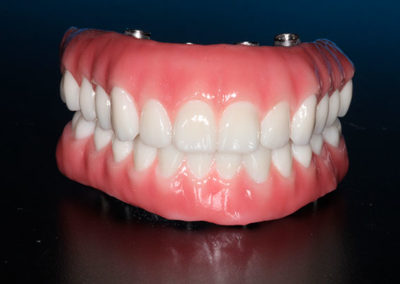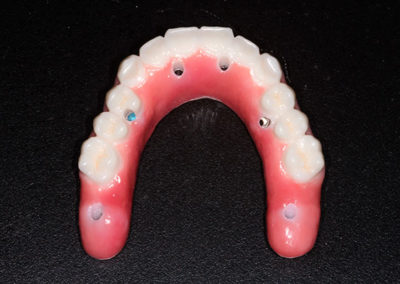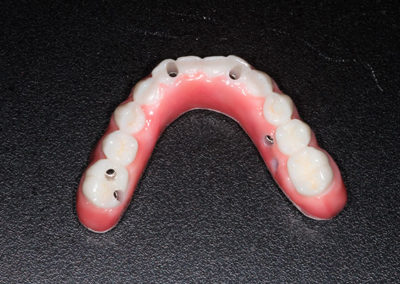
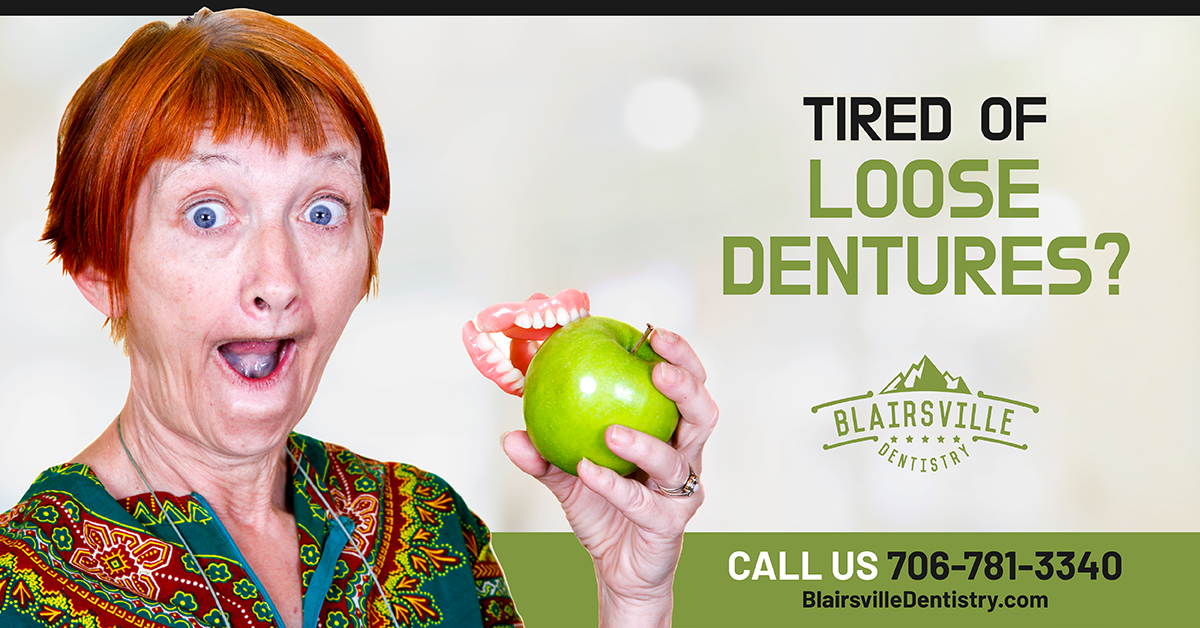

- Do you have a denture that you HATE?
Is it loose and constantly needing adhesive to remain in place?
Are you finding yourself not laughing or smiling as much as you would typically.
Have certain foods become “off limits” for fear of your dentures coming out?
Do foods not taste as good as they once did?
- Do you have a denture that you HATE?
- Is it loose and constantly needing adhesive to remain in place?
- Are you finding yourself not laughing or smiling as much as you would typically.
- Have certain foods become “off limits” for fear of your dentures coming out?
- Do foods not taste as good as they once did?
If you answered YES to any of the above,
know that you have options and we are here to help.
Watch this …
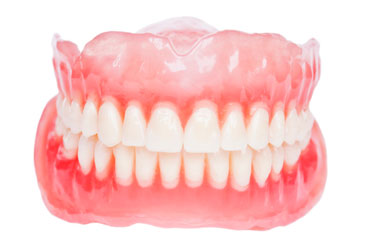
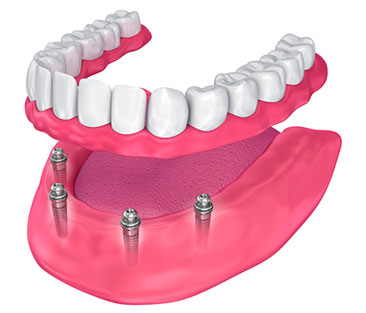
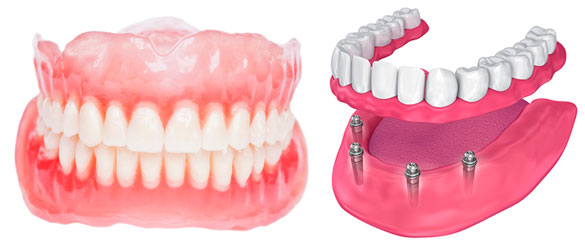
What’s the process to getting an overdenture?
An overdenture refers specifically to an implant retained denture. Therefore we will need to go through the dental implant planning and placement before we can begin loading the overdenture onto implants. Our initial consultation/exam includes a full health history to ensure that our patients are candidates for implants. We will gather records including impressions, photos, and xrays. The next visit will be the surgical placement of our implants utilizing our 3D guided implant placement (on implant page). The number of which varies based on many factors. In short, the more implants placed- the better the retention. For the upper arch we want a minimum of 4 implants although 6 is accepted as an ideal number. The lower arch can be retained with as few as 2 implants, however a total of 4 increases the retention and comfort of a lower overdenture. The analogy of legs on a table fits well in understanding the implant retention on the overdenture. More legs = more stability. After the necessary 4-6 month healing period during which the patient’s bone heals and grows into the implants, we “pick up” the overdenture. At the pick up appointment we load the implants and establish the snap in function that makes the overdenture such an upgrade.
Can I use my existing denture?
GREAT QUESTION! It is sometimes possible to retrofit an existing denture to dental implants in some scenarios. The fit (ie adaptation to soft tissue) and material thickness of the denture will be the first factors we assess to determine if the retrofit is recommended. Regardless, an existing denture is almost always useful during the healing period after implant placement – even in the event that a new, custom overdenture must be fabricated.
If I get a new denture, will it look better?
MORE THAN LIKELY. We do this A LOT. We only use labs that focus on superior function AND esthetics. By beginning the design of a patient’s new denture with the implant end goal in mind, we can avoid awkward or unnecessary aspects of a retrofitted denture. Material choice can make a huge difference in the natural look of a denture as well. We are constantly innovating new material methods to maximize esthetics and function of all types of dentures.
I’m tired of just having a denture go in and out of my mouth? Are there better options for long term?
YES. The “cadillac treatment” for denture replacement is called several names like “hybrid denture”, “fixed detachable denture”, or “Prettau hybrid bridge”. Hybrid bridges are the most esthetic, durable and unfortunately, expensive options though. This option is fixed into the patient’s mouth and can only be removed by a dentist. Similar to the overdenture, implants are placed in strategic locations around the patient’s jaw. Hybrid dentures can often be loaded onto the implants the same day they are placed. During the healing period, we will work through one or more temporary hybrids to dial in the esthetics and bite. After the soft tissue and bone have healed, a final denture will be fixed into place and only removed at regular cleaning intervals. The benefits of the fixed hybrid shine in the way of minimal material needed (imagine the roof of your mouth NOT needing to be covered! WOOHOO – taste returns!) Patients experience a much more natural feel of teeth without the bulky material needed for less retentive options like traditional dentures and to an extent overdentures.
ADDRESS:
10 Deer Crossing Trce, Blairsville, GA 30512-1496
PHONE:
(706)781-3340


